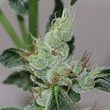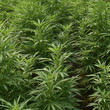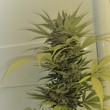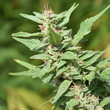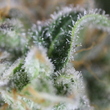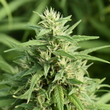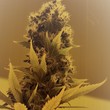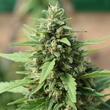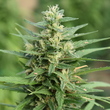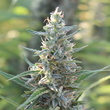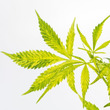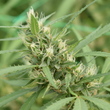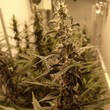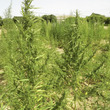Introducción
Currently, biased agonism is at the center stage of drug development approaches. We analyzed effects of a battery of cannabinoids plus/minus cannabidiol (CBD) in four functional parameters (cAMP levels, phosphorylation of extracellular signal–regulated kinases (ERK1/2), β-arrestin recruitment and label-free/DMR) in HEK-293T cells expressing cannabinoid receptors, CB1 or CB2, or CB1-CB2 heteroreceptor complexes. In all cases two natural agonists plus two selective synthetic agonists were used. Furthermore, the effect of cannabidiol, at a dose (100 nM) that does not allow significant binding to the orthosteric center of either receptor, was measured.
Materiales y métodos
CBD was purified from the Cannabis variety PILAR (CPVO/ 20160115) following a patented method described in the Phytoplant Patent: “Methods of purifying cannabinoids, compositions and kits thereof” with code 9765000 B2. The CBD has a purity > 95%.
Resultados
From the huge amount of generated data, we would like to highlight that the two psychotropic molecules (Δ9-tetrahydrocannabinol/THC and CP-55940) showed similar bias in CB1R and that the bias of THC was particularly relevant toward MAPK pathway. Furthermore, THC did not activate the Gi protein coupled to CB2R. Interestingly, the biased agonism was reduced when assays were performed in cells expressing the two receptors, thus suggesting that the heteromer allows less functional selectivity. In terms of cannabidiol action, the phytocannabinoid altered the functional responses, likely by allosteric means, and modified potency, agonist IC50/EC50 values and biased agonism in qualitative and/or quantitative different ways depending on the agonist. The effect of cannabidiol on anandamide actions on both cannabinoid receptors was particularly noteworthy as was significantly different from that of other compounds.
Conclusión
Results are a compendium of data on biased agonism on cannabinoid receptors in the absence and presence of cannabidiol. In addition, for the first time, GPCR biased agonism is characterized in an heteromeric context.
Otras publicaciones
Ver más
Ver más
Ver más
Ver más
Ver más
Ver más
Ver más
Ver más
Ver más
Ver más
Ver más
Ver más
Ver más
Ver más
Ver más
Ver más
Ver más
Ver más
Ver más
Ver más
Ver más
Ver más
Ver más
Solicita información
¿Te podemos ser de ayuda? ¿Tienes alguna duda sobre nosotros? Escríbenos y contactaremos contigo cuanto antes.
